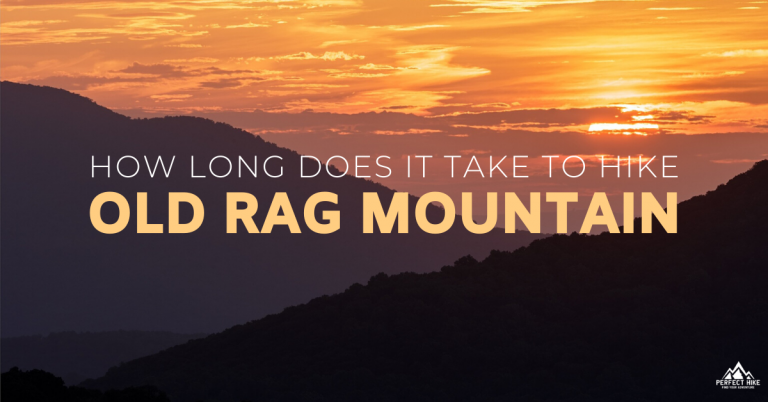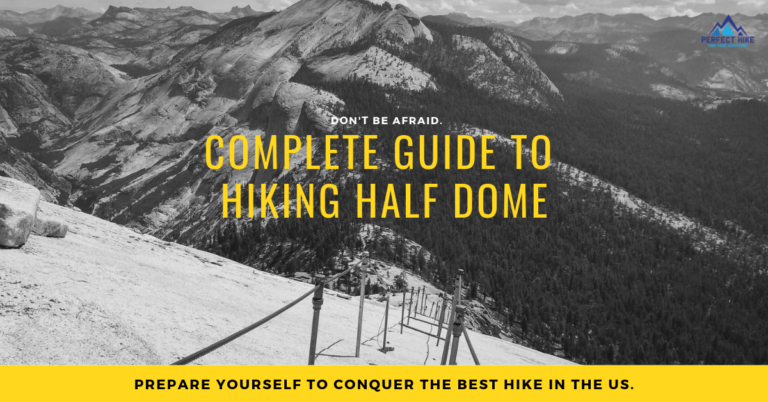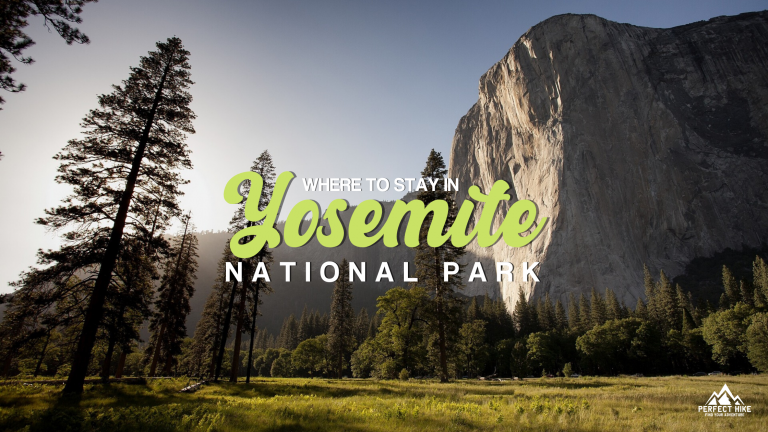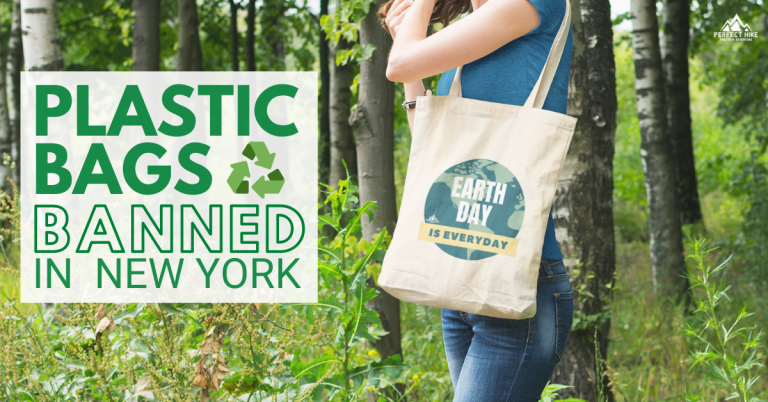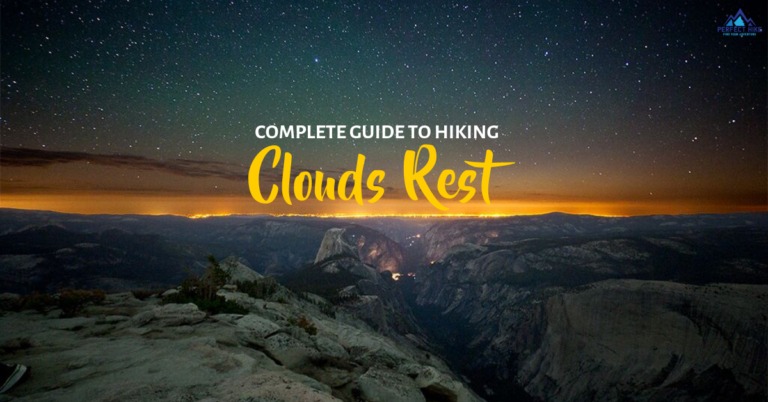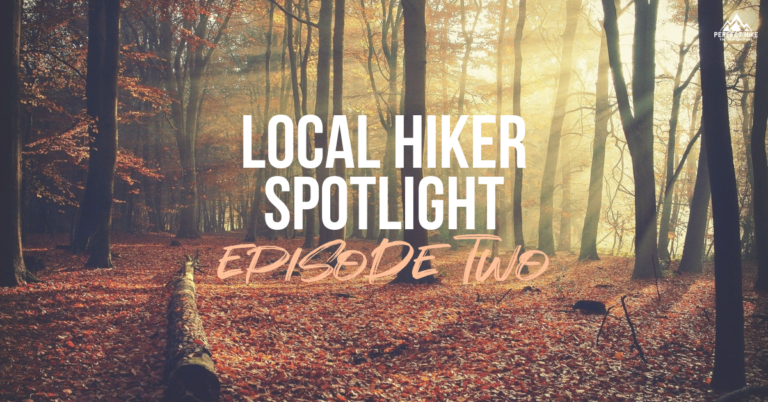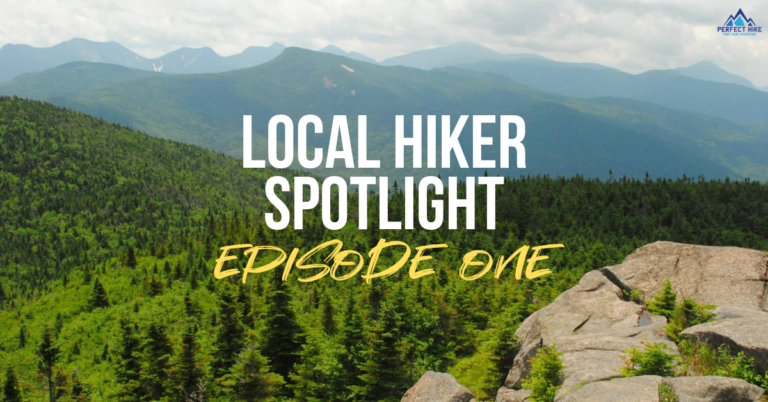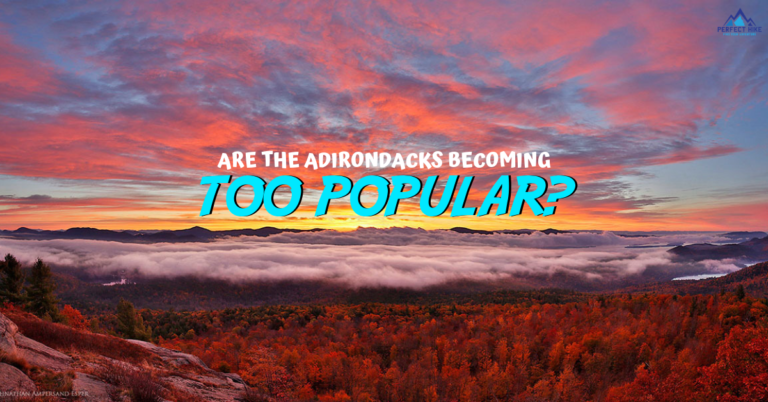To escape our hectic, over-scheduled lives, some of us go to the beach, and the rest of us run to the mountains, The Adirondack mountains! The popularity of the Adirondacks has soared over the years; tourism has increased by 24% to 12.4 million annual visitors. Cascade mountain welcomes 40,000 hikers each year and Mt Marcy trails closely with 30,000. The economic benefit has been positive for towns like Keene, but the negative impact from such high use of the park is equally felt.
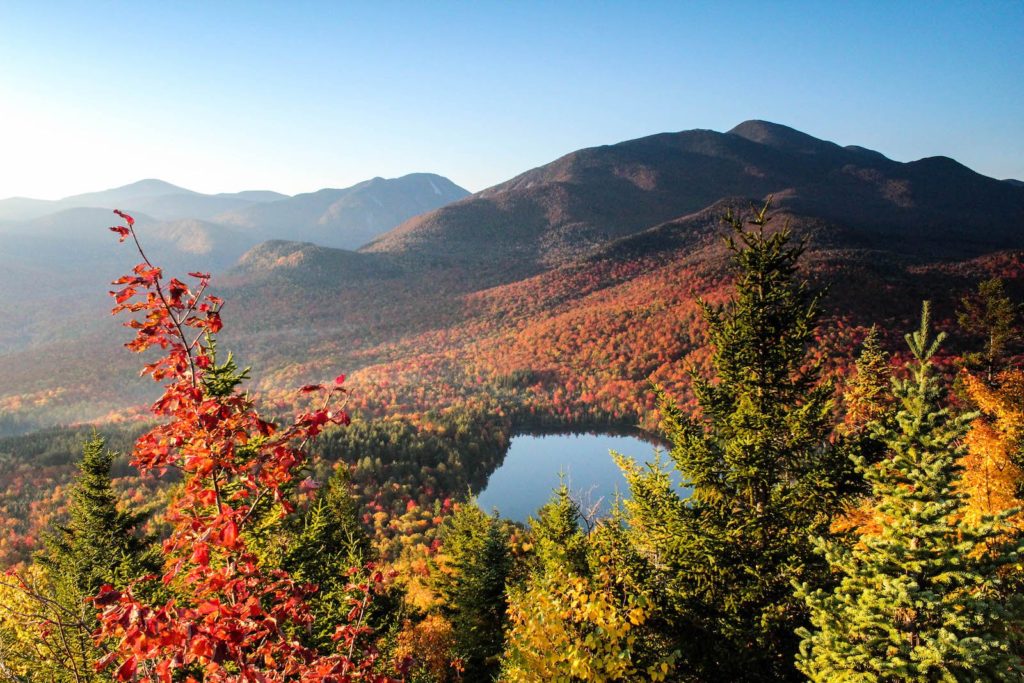
The problems evolving from the surge in visitors:
1. Water quality and wildlife habitat are threatened
2. Roadside parking is overflowing from overcrowded trailhead lots into Route 73 causing public safety concerns
3. Poorly designed and under maintained trails are not capable of handling the surge of foot traffic

The damage from overuse can be prevented, and the crown jewel of New York can be preserved. A Comprehensive Management System plan needs to be put in place. The proposal from National experts and DEC are 6 BMP’s (Best Management Practices) are said to be imperative to the conservation of the Adirondacks and the Wildlands Management.
1. Improved planning
2. Expanded education and outreach – invest in public education, including the teaching of Leave No Trace, outdoor skills and code of ethics
3. The infrastructure of the front- country – parking and shuttle services, signage and trailheads
4. The infrastructure of the backcountry – build, improve and maintain sustainable trails, markers and campsites
5. Limiting and redirecting peak use in some locations
6. More staffing and funding are needed – planners, rangers, scientist and trail crews
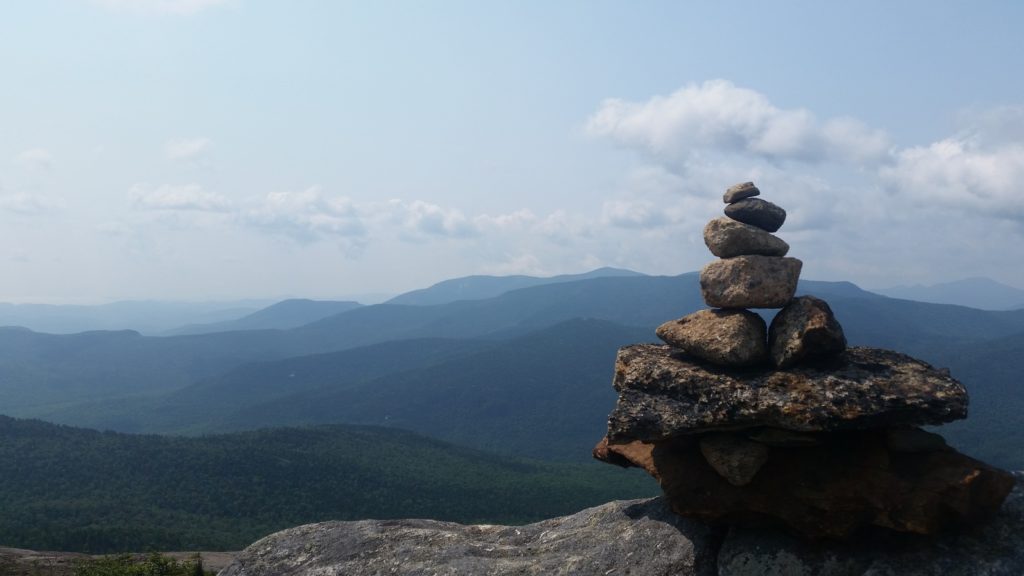
What can WE do to help the mountains that we love?
First, we can press the administration to establish and invest in a management system by signing the petition below. Just follow the link.
Petition to Protect the Adirondacks
Perfect Hike supports the Adirondack Council’s efforts to improve the preservation and stewardship of the wilderness character, clean water, and wildlife of the Adirondacks. We encourage additional education, roadside visitor facilities, alternative recreational destinations, natural resource protection, law enforcement, more rangers and other staff, and a robust public process for regional Wild Lands Planning.
Second, we can learn and practice Leave No Trace ethics of the outdoors. Remember, an educated LNT hiker has a much lower negative impact than an uneducated hiker. Here are just a few problems that LNT solves: damaged trails, polluted waters, wildlife at risk, destructive fires, and crowded parks.
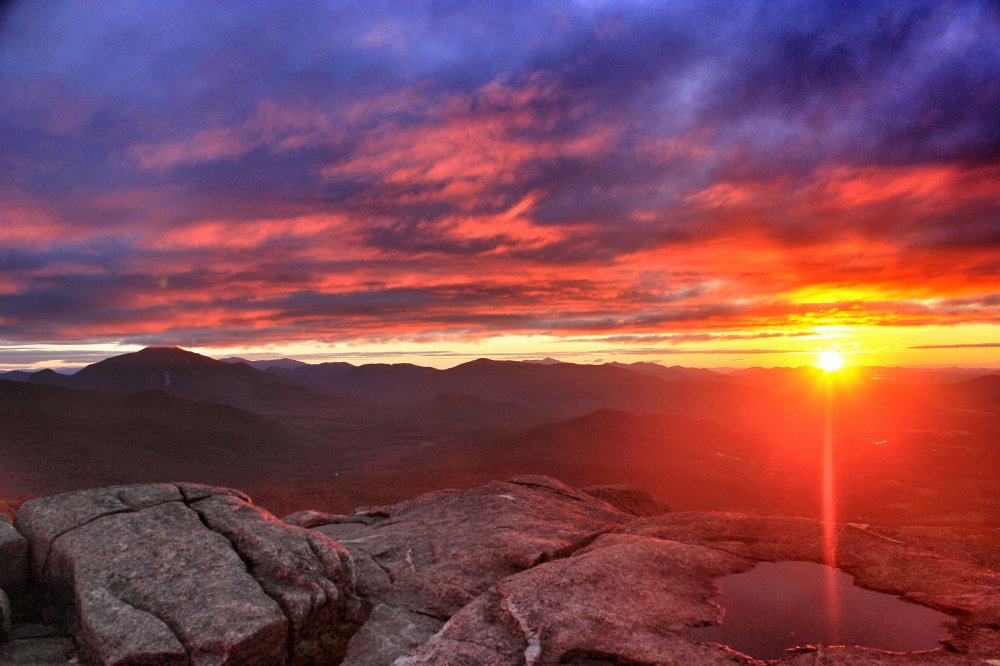
Leave No Trace Principles:
1. Plan Ahead and Prepare – Before you begin your outdoor adventure, make sure you’re prepared. Make sure you’re familiar with regulations and special concerns about the area.
2. Travel and Camp on Durable Surfaces – These include established trails and campsites. Camping at least 200 feet from lakes and streams help protect plants and wildlife habitat.
3. Dispose of Waste Properly – Pack it in, pack it out. Wash your dishes or yourself 200 feet away from streams or lakes and use small amounts of biodegradable soap. When nature calls, do your business 200 feet from the water. For solid waste, dig a hole 6 to 8” deep.
4. Leave What You Find –Leave rocks, plants where you find them, the stones and antlers look better in the wild than in your home.
5. Minimize Campfire Impact – Burn only when necessary and keep them as small as possible, no bonfires. Make sure all wood and coals have burned to ash. Put out the fires completely, then scatter the ashes once they’ve cooled.
6. Respect Wildlife –Observe from a distance and never feed wildlife. Make sure food is stored securely.
7. Be Considerate of Other Visitors – Be quiet and yield to others on the trail.
